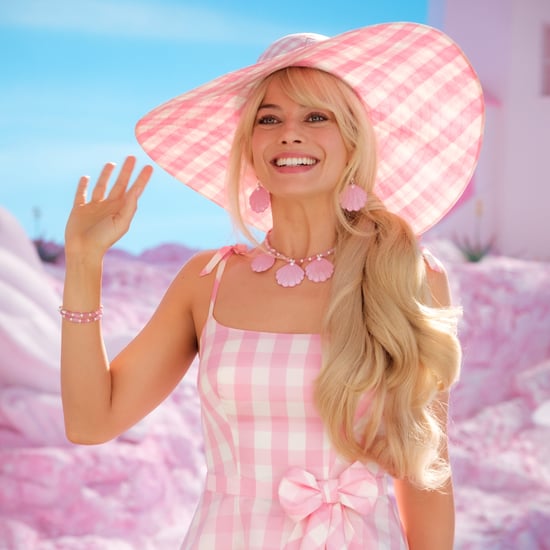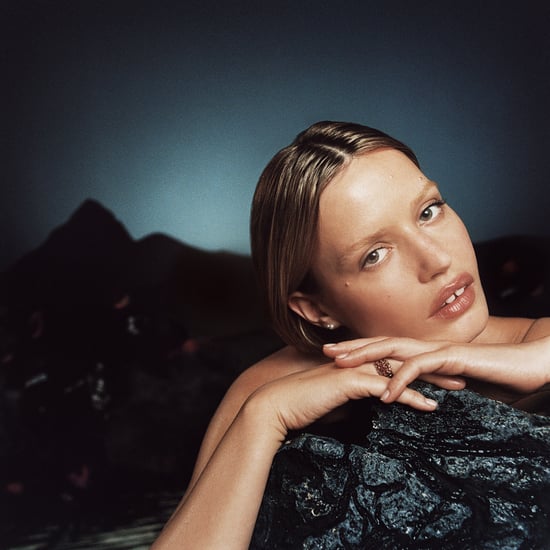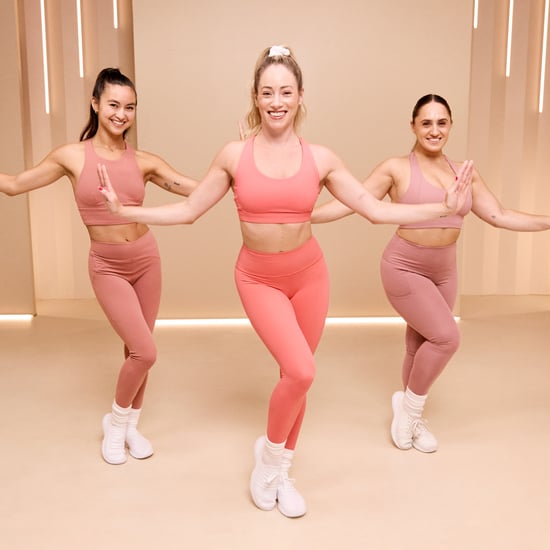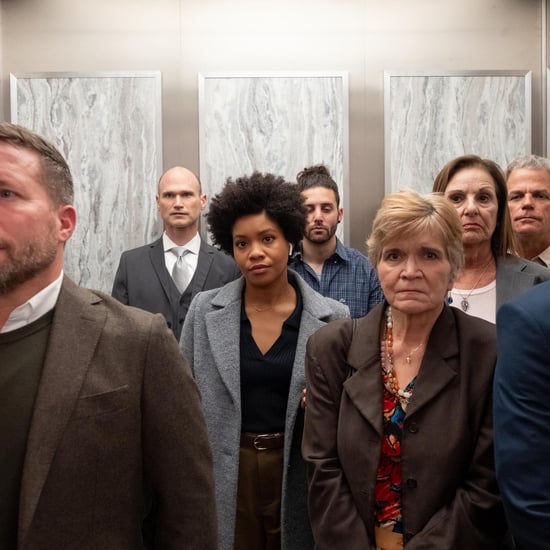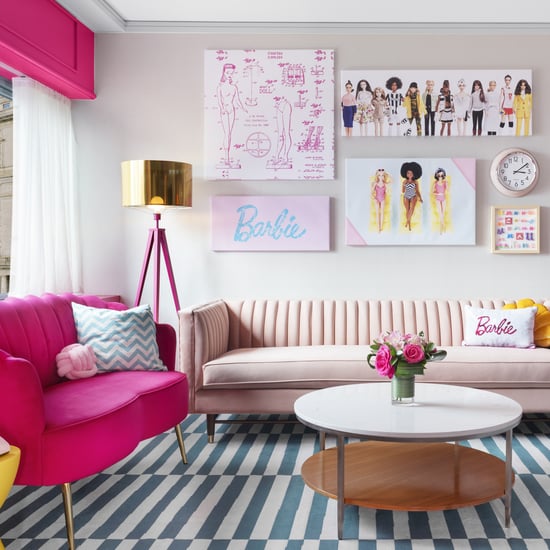Tiny Shoulders Barbie Documentary on Hulu
Meet the Woman Behind Barbie's Newfound Curves and Hair Textures
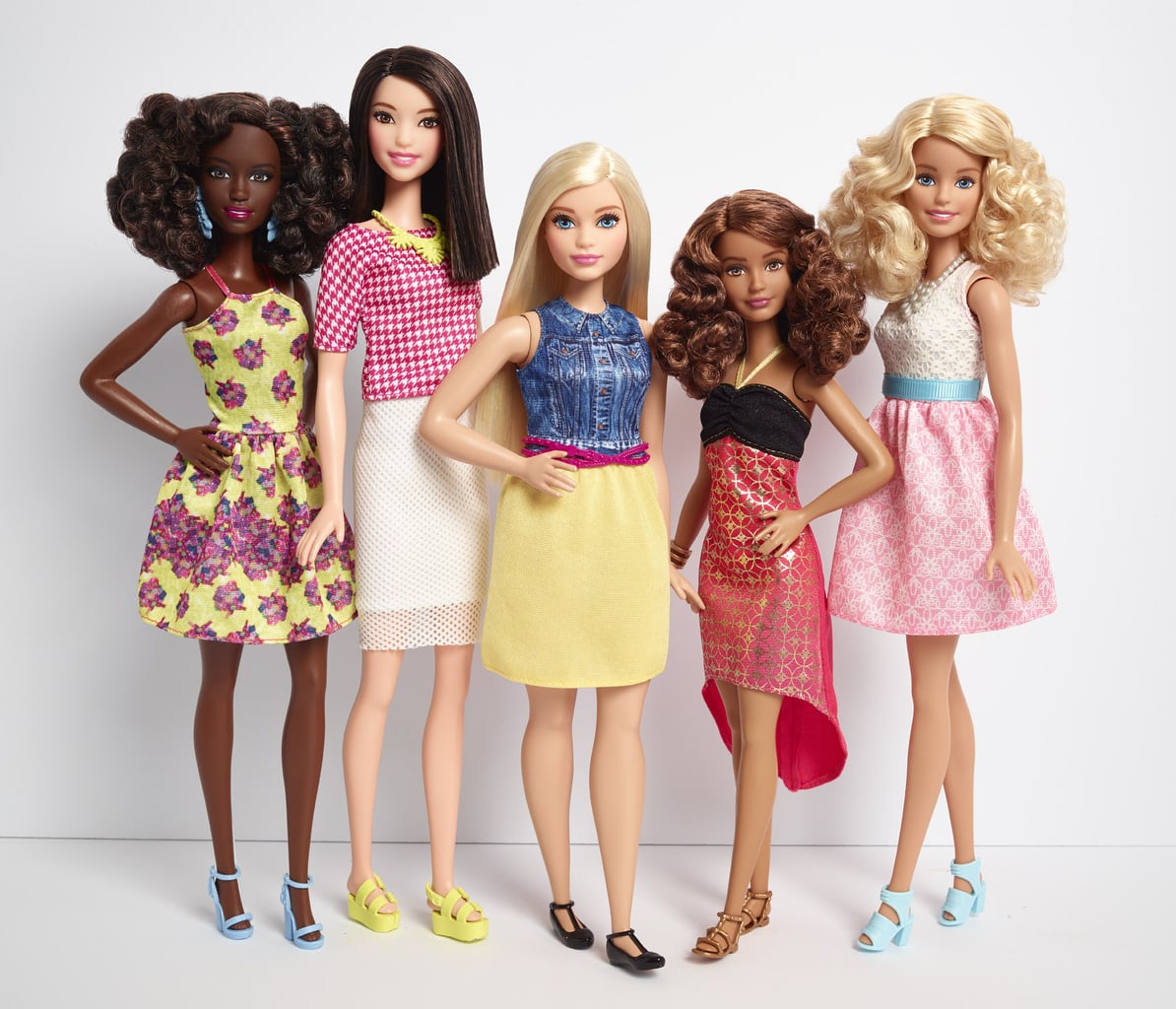
For many women, Barbie was their first doll, and an inspirational one at that. Known for her long blond locks and her pink dreamhouse, Barbie was the trailblazer of her fictional, plastic world. Running for president, going to space, and finding love and great outfits along the way, Barbie seemed to prove that women can "have it all." But, while Barbie's résumé is stocked with accomplishments and firsts, her controversial physical frame remained more or less the same over the decades, even as her storylines evolved. Her large bust and unrealistically small waist have been the subjects of some very heated debates about body image. Barbie, ultimately, just didn't look like the young girls and women who'd buy her, and while she may have encouraged her owners to achieve their dreams, it was near impossible — and, frankly, toxic — for women to aspire to look like her.
It wasn't until 2016 that Barbie got the ultimate makeover. After decades of pressure and weakening sales, Mattel unveiled a healthier, more realistic-looking Barbie with its Fashionistas line — and Mattel's VP of Barbie Design Kim Culmone led the charge.
The line includes three new body shapes — curvy, petite, and tall — and more skin tones and hair textures. It was Mattel's answer to its diversity problem, and it was a hit, resonating with existing Barbie fans and even gaining some new ones. But why the wait? And what really went into Barbie's new look?
Hulu's new documentary Tiny Shoulders: Rethinking Barbie answers these questions, giving Barbie lovers — and sure, even her haters — a look into possibly the most significant transformation in Barbie history, let alone pop culture. Not only does Tiny Shoulders look into the making of the Fashionista line, or as Mattel refers to, "Project Dawn," but it's also a history lesson in all things Barbie, from the woman behind the doll to Barbie's controversial reputation during the feminist movement of the '60s and '70s. Culmone spoke with POPSUGAR about Project Dawn, and what it was like having Barbie's anticipated, yet risky, transformation documented on film.
POPSUGAR: Growing up, what was your own relationship with Barbie? Did you have any favourite Barbie moments?
Kim Culmone: I was a huge fan of Barbie growing up. It's nearly impossible, I think, for me to isolate a favourite Barbie moment. Probably one of the most memorable would be getting the Barbie Dreamhouse which is [in] one of the photographs of me as a kid, with my mom, on Christmas morning. So, that was a big moment because that house becomes the central figure in a lot of Barbie play. But I have the Dreamhouse, and the Corvette, and actually have the townhouse as well — and tons of Barbies. I was an equal opportunity toy player, though. I had Hot Wheels as well. I had a combination of boys' toys and girls' toys. I had Tinkertoys and Legos — or what we classified as boys' toys, I should say. But Barbie was my number one.
"I, like a lot of us, grew up with my own body image issues."
PS: Tiny Shoulders deals a lot with the connection between poor body image and Barbie. Do you see Barbie ever disassociating herself from that backlash? In your role, how have you tried to reverse this?
KC: I think you saw [it] in the film: by the introduction of additional body types. [That] is our effort to expand the images associated with what is beautiful, or what is represented in society, so I think that the movie itself and that introduction is a really good example of that.
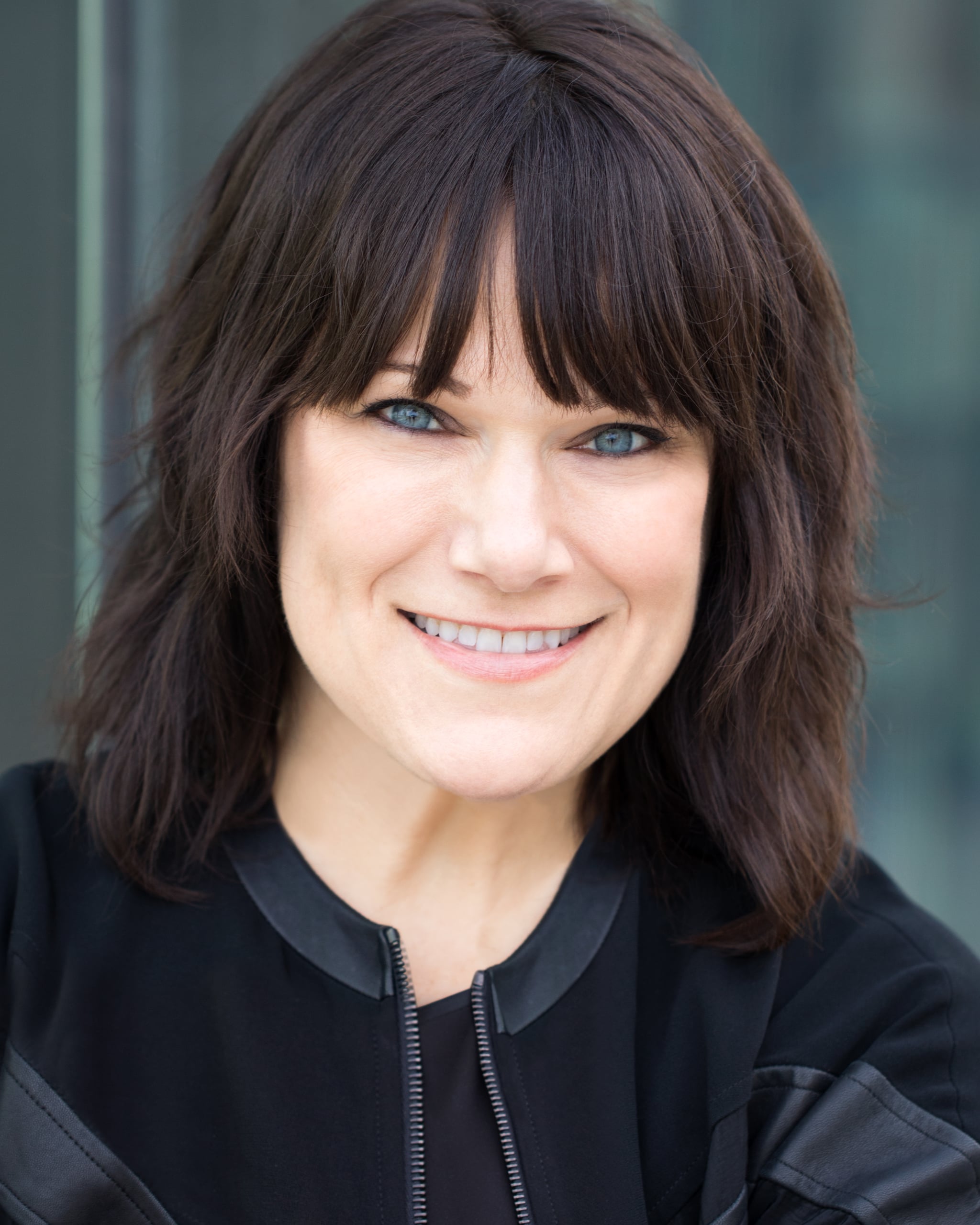
Image Source: Getty / Andrew Toth
PS: Is there one example, initiative, or doll that you are really proud of for defying those stereotypes?
KC: I wouldn't say that there's one, because I think the power is in the inclusivity and diversity . . . I think people focus on the curvy doll, but I think that the messageing is really important. That having different types of bodies is what we should be focusing on, and the fact that there isn't just one representation of body in the Barbie line. Because there isn't one representation of body in the world.
PS: Were you hesitant about participating in the film? How did the documentary came about?
KC: I would say, first of all, I give Mattel as a company a lot of credit for welcoming Andrea (Andrea Blaugrund Nevins, Tiny Shoulders director) and her team into the inner sanctum of our corporation, and to such an important brand like Barbie at this really critical time. And so that took a lot of trust, and that was on both sides. Andrea's built trust with us as a team that was being documented, and Mattel generously offered her the opportunity to get behind the scenes, into the inner workings of this critical moment of the Barbie brand. For me, personally, I didn't hesitate, because I was honoured to be leading the team that would be the design team. The part of our team — the design team that would be making this change — and the idea of what I felt was so important to happen in the world, for it to be documented for Barbie history and for the world to see was exciting. So while there are many vulnerable moments for me in the movie, and it was at times uncomfortable to just be in front of the camera in that way — especially while you're working — I felt like it was important to do. So I was happy to do it.
PS: Barbie has faced backlash ever since she first came out. What do you hope a Barbie hater will take away from this documentary?
KC: I honestly hope that they, perhaps, see Barbie through a different lens. It's a journey. Hearing criticism is first difficult to do, but I really observe it and listen to it through a lens of both empathy and responsibility. Empathy meaning that everybody is in the world with a different perspective. And I completely respect and honour that. And responsibility comes in with listening to the criticism because criticism as feedback can help us evolve and be better. And if it's right for the brand to think about making changes, then we always want to be open to listening to that.
PS: A lot goes into consideration when you're making a huge brand shift like that. What was the most challenging part of her transformation, from a creative and design perspective especially, and what was the most rewarding?
KC: Well, the most rewarding is being able to have an impact on a brand that has such an influential place in the lives of children and in culture. It's a huge responsibility, and it's also an honour to be part of the team that's trusted with making those kind of changes. As you saw in the movie and as you note, there are so many aspects to this that pointing to just one that was the most difficult is challenging. But getting the bodies, choosing the shape of each of the individual bodies was probably [what required] the most dialogue. And then probably the naming process — what do we call [them] in a respectful way that is appropriate for children, as well? Everything that we do is for kids, and so we have to be very cautious about what we're doing. And then what works around the world? What would work globally? How do we reference these bodies? Is this dialogue happening in all the places in the world that Barbie is sold? So we have different foot sizes now. The curvy doll and the tall doll have different sized feet. Those complications take a lot of discussion at the team levels.
PS: So, why the name Project Dawn?
KC: The name Project Dawn came from our design team, because we looked at this as the dawning of a new day for the brand. [We] code-name projects that we want to make sure have a heightened sense of security and sensitivity around them, even within the organisation. So there was a lot of behind-closed-doors work, even further from our normal sense of confidentiality. This had one of the most exclusive confidentiality processes that I've ever experienced while working on the brand because of the sensitivity of it.
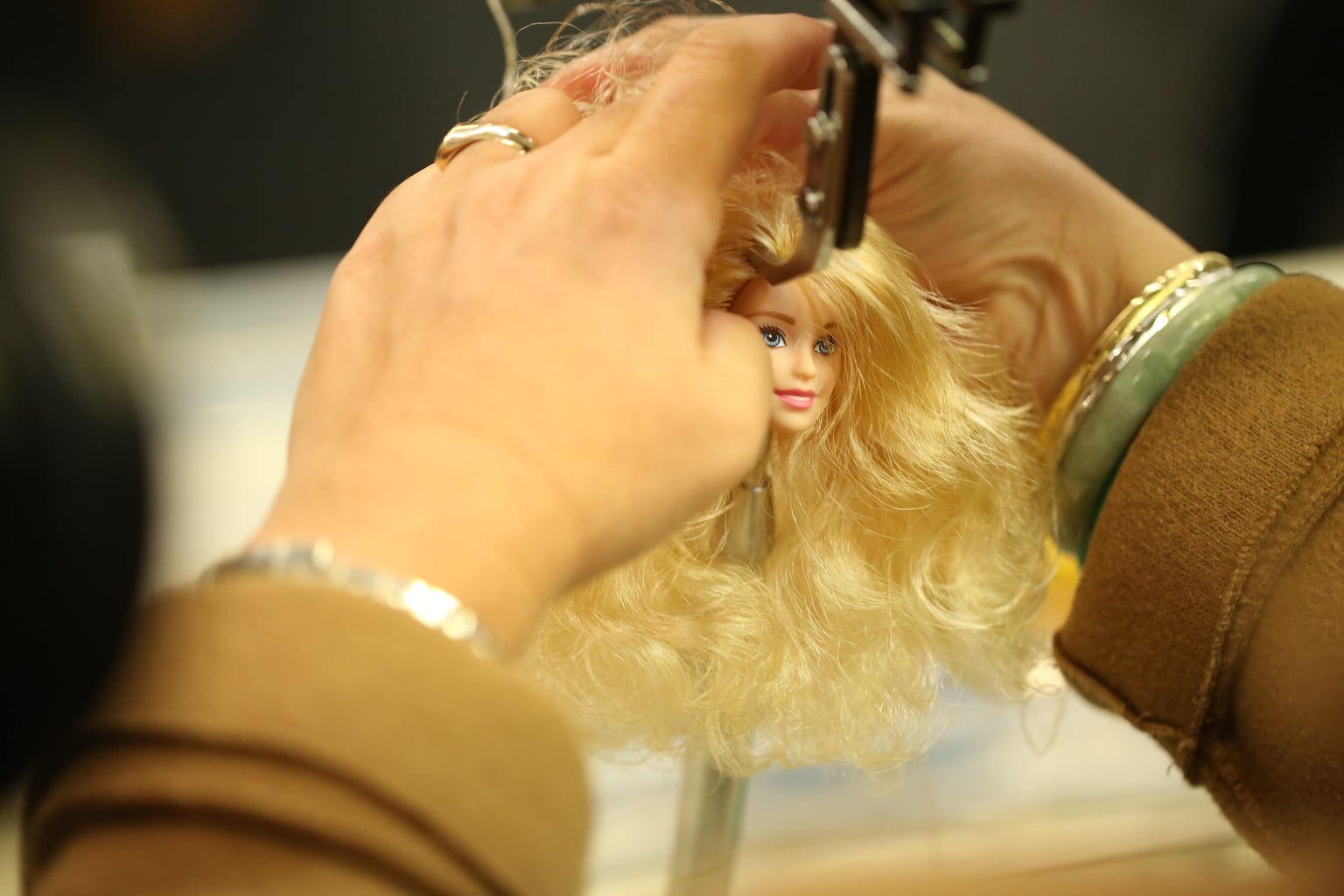
Image Source: Hulu
PS: Could you name one favourite thing about the new four sizes of Barbie that you really loved specifically, whether it's not having the thigh gap, or maybe the hair textures?
KC: It's challenging. I mean, we talked about the thigh gap in the film, and I would say it's an important part of the discussion in our contemporary society. To me, really the favourite thing is the variety. I do love the fact that we have a new hair texture, and if I had to maybe pick two things that I love the most, I would say it's that we have a curvy doll on the line and that we have hair texture and skin tones that are more representative of people in the world. It's a very broad range. Even down to facial features on the dolls. There are dolls who have facial features that are more representative of black women, and that's important to us.
PS: Were there any experiences in your own life that really led to championing those efforts of making more skin tones and hair textures?
KC: Yeah, I allude to it, as you saw in the film, a little bit. I, like a lot of us, grew up with my own body image issues. And I have experiences in my life, and parts of who I am, that have meant that I have direct experience with what it feels like to not be represented or seen in a lot of the images and conversations in our world. I think if you asked the majority of the people across our brand, whether that's on marketing, or PR, or design, or anywhere, a lot of people have those same stories. But uniquely, as a designer, that becomes the lens that you use when you're creating, and that develops a real-world experience that shapes your level of empathy for what it feels like to not be represented. And so I think that inspired a lot of us, and I know it inspired myself, to want to advocate for some of the changes that we have made to the products.
PS: Why do you feel Barbie is relevant today?
KC: I think Barbie's relevant today because she does evolve, and the brand does evolve and works to, as you saw in the film, really take very seriously staying connected to today's girls and parents. We spend a lot of time listening to our consumers. I also believe that the open-ended play pattern with Barbie — the fact that girls can project their dreams, aspirations, hopes, and tell the stories they want to tell through a brand — it isn't a closed play pattern, meaning she isn't just one defined character (Editor's note: "play pattern" is a term used in the toy industry to describe the way a child uses a toy.) She can be anything which lets girls tell endless stories about their own potential and project their own narrative onto Barbie as a tool for self-expression.
PS: Where do you see Barbie 10 years from now?
KC: I see Barbie doing a lot of [what] Barbie is doing now. Look, when the Fashionista line launched with the new bodies and more inclusivity, that was just the beginning of this process. Since then, we have done the same for Ken. We've changed Ken's body. We've introduced more heroes that celebrate women that are living the purpose of this brand, that are living the concept of having limitless potential in their lives, and that are an inspiration and [are] role models to girls. We launched our #MoreRoleModels activation recently. We're pushing boundaries. We did one-of-a-kind dolls, [like] Ibtihaj Muhammad, our first US Olympian who competed in a hijab. These are women that are truly living the Barbie purpose and we continue to stand by what we started in 2016 with the launch of [Project Dawn] to represent people and inclusivity and to showcase and highlight people living that purpose.
Tiny Shoulders: Rethinking Barbie will be available for streaming on Hulu on April 27.

